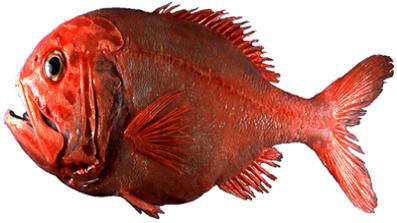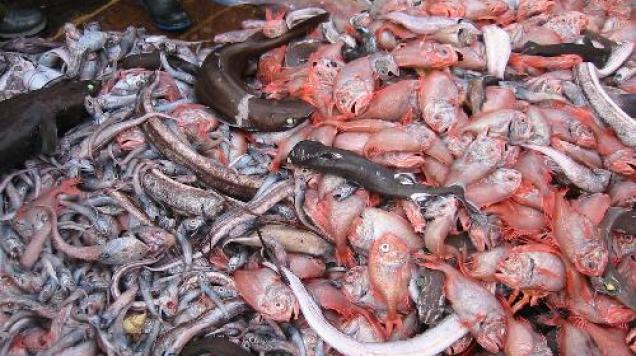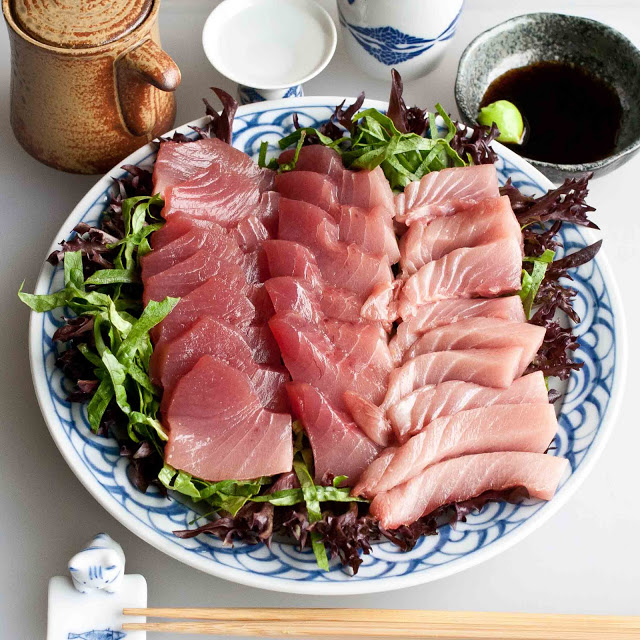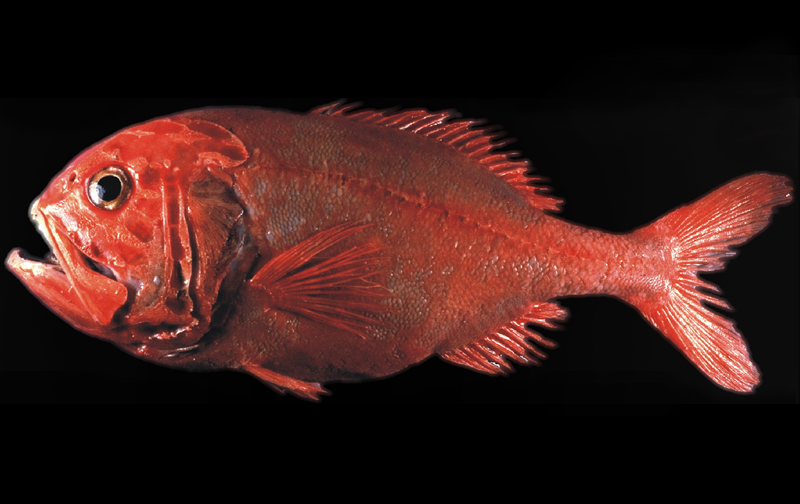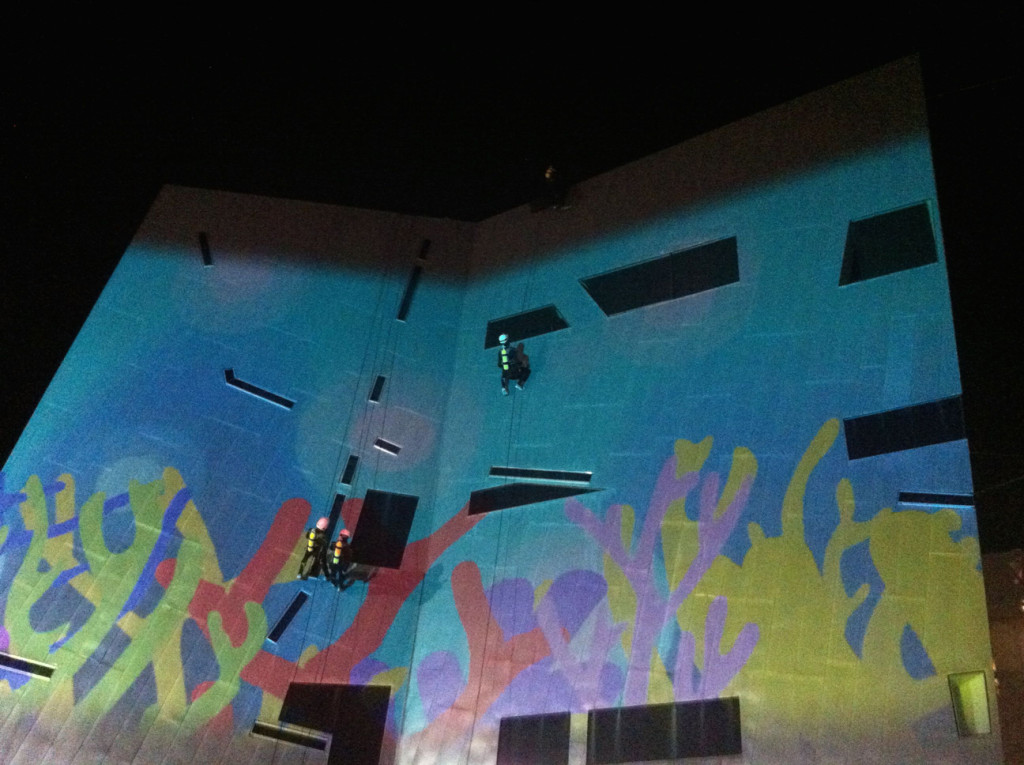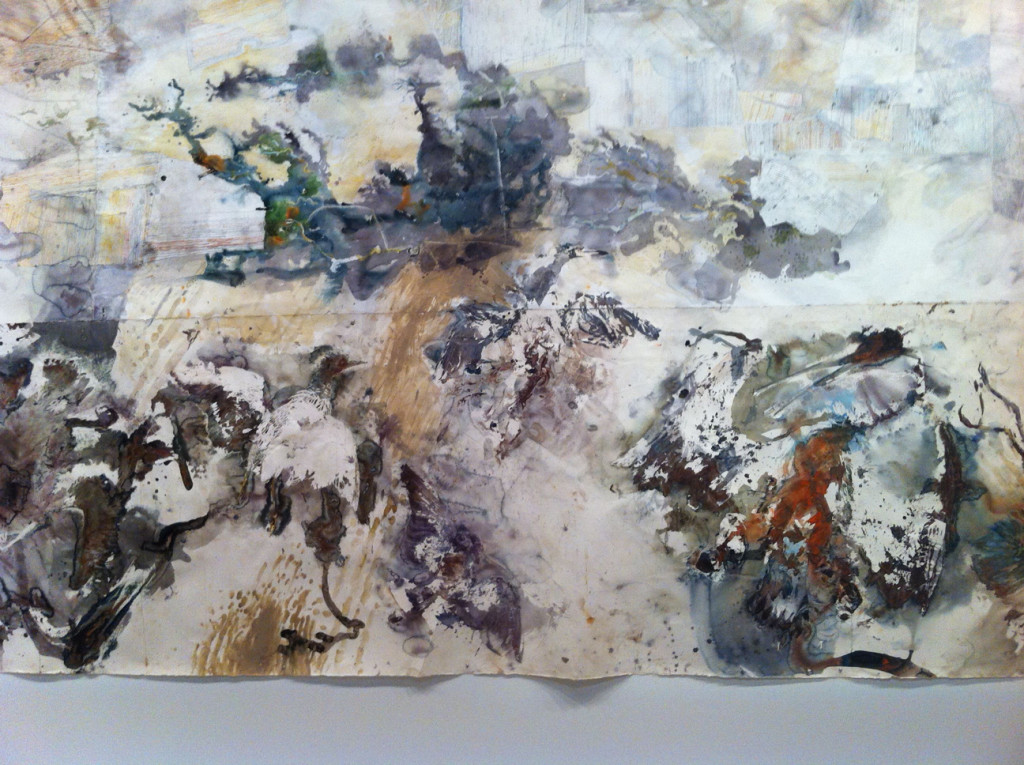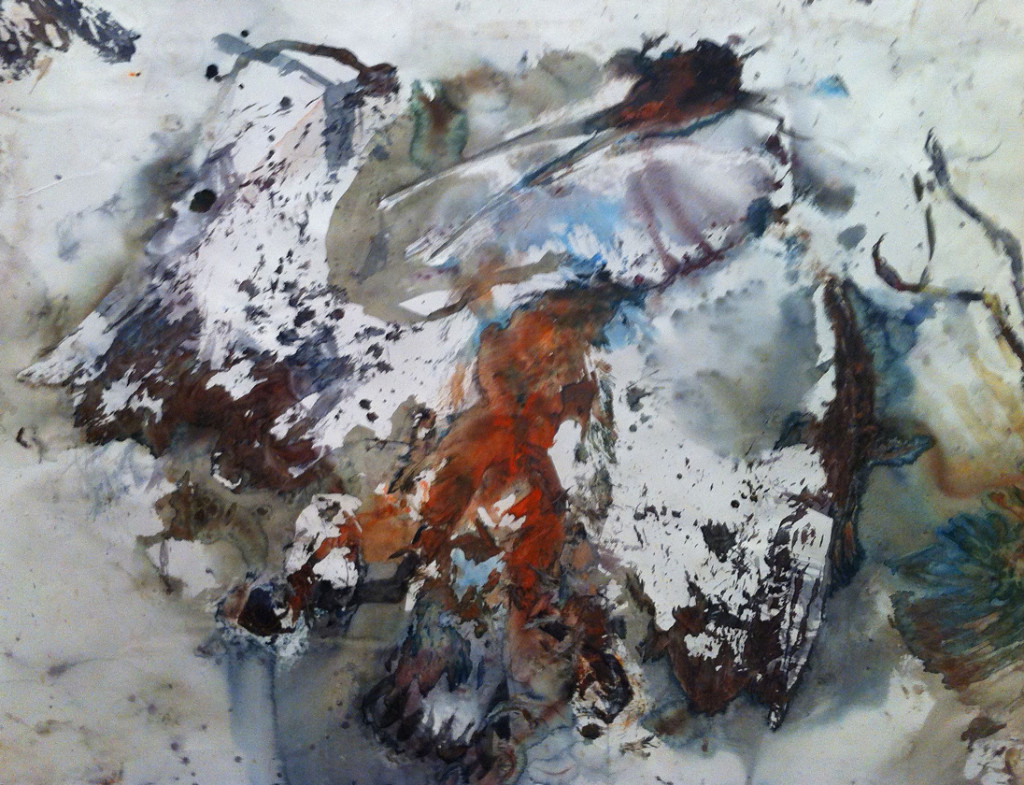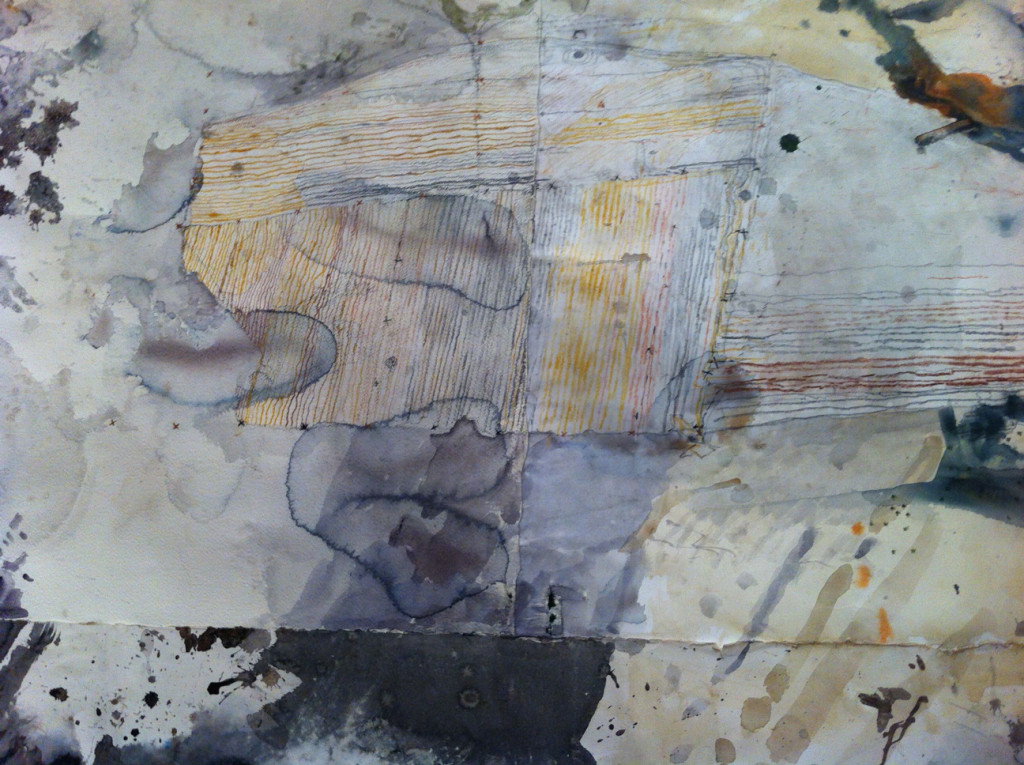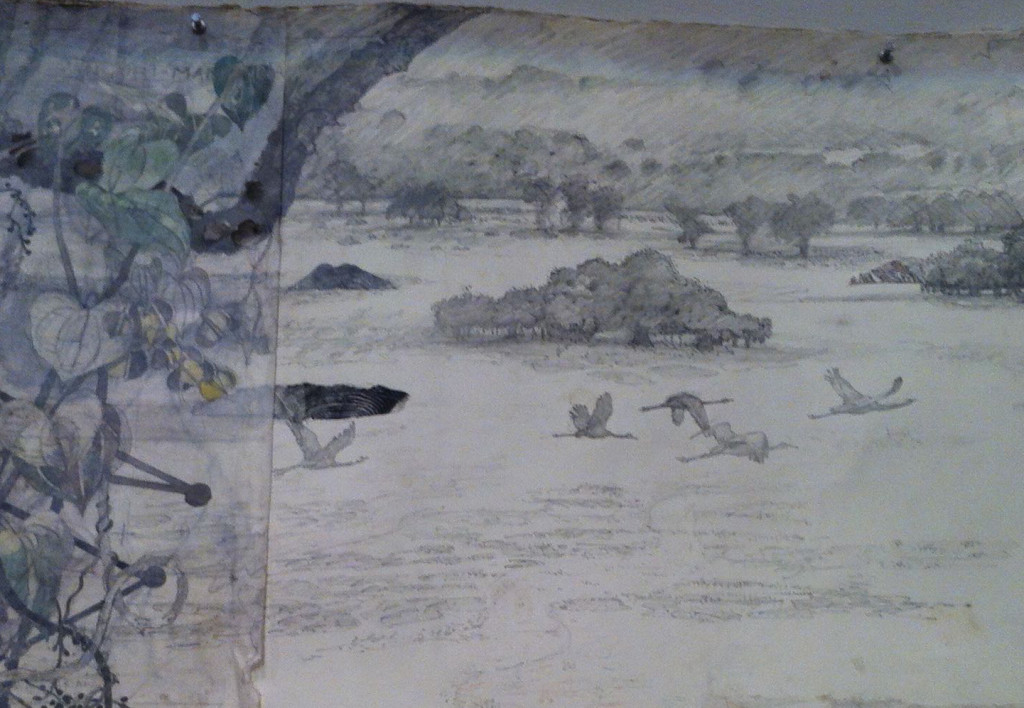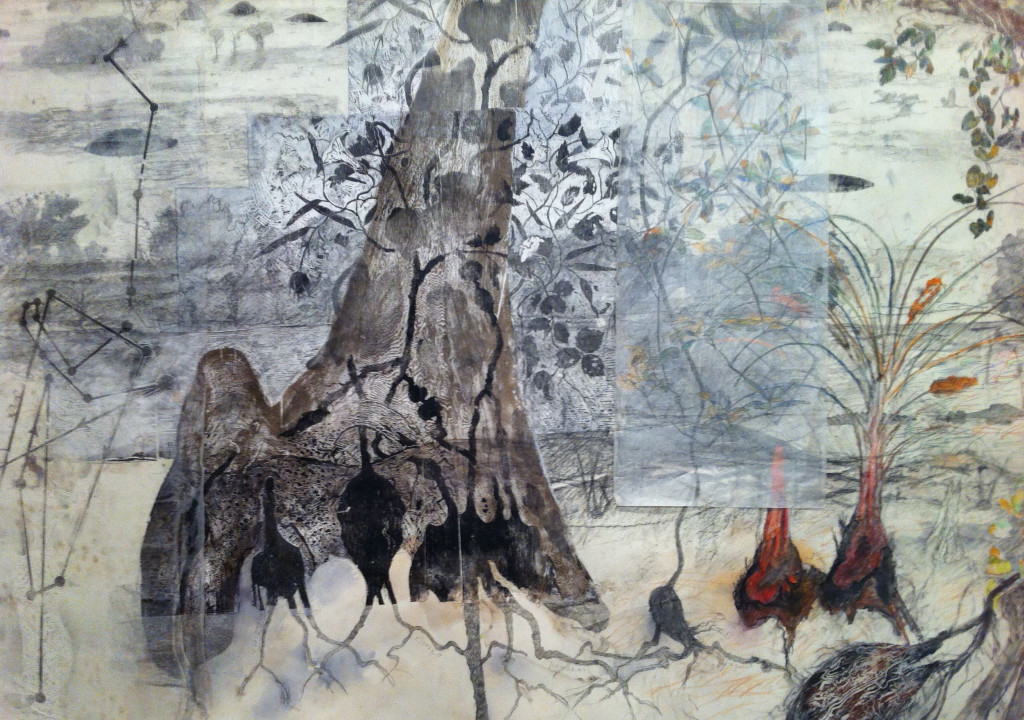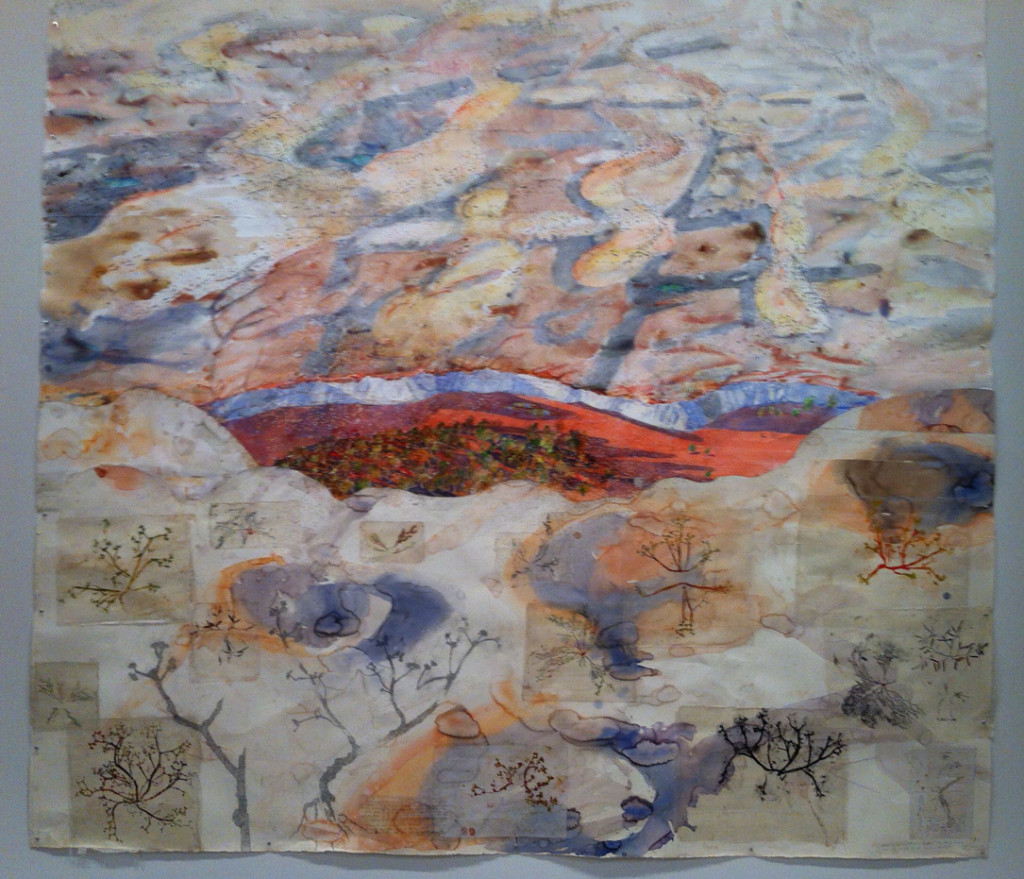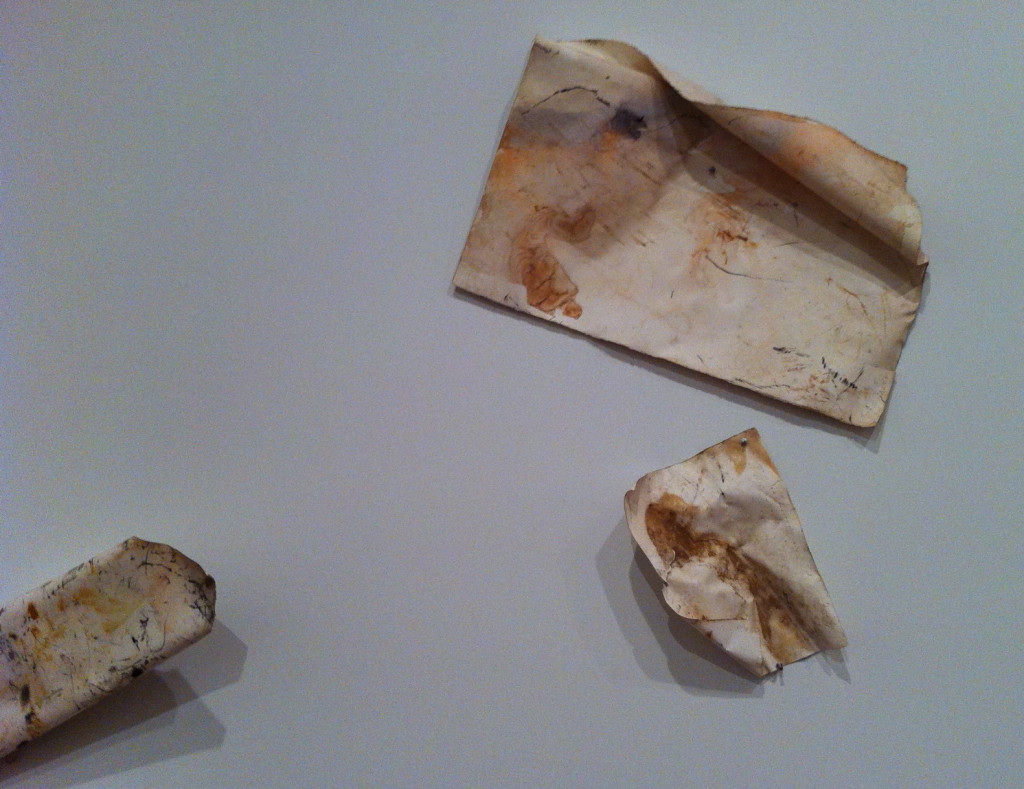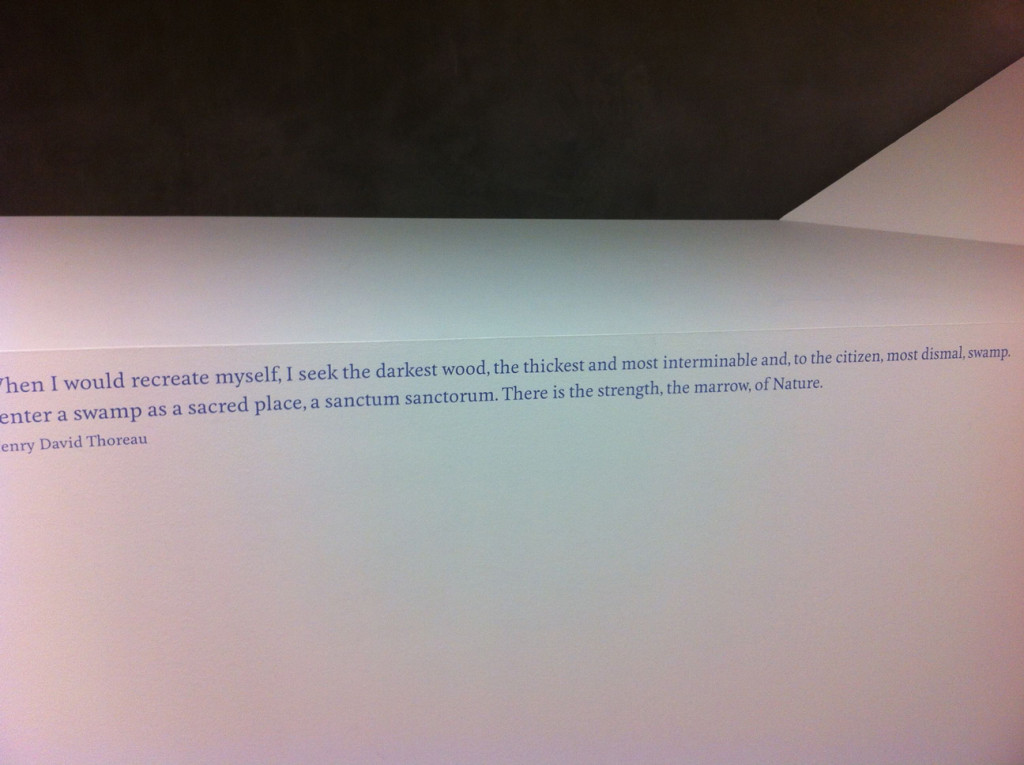Settling into the restaurant. Over by the window? Charming wait staff. Comfortable? Open the menu.
Something a little bigger? Something a little endangered! ‘Grilled roughy – crumbed and grilled new zealand orange roughy fish fillets w cartarni chips, dressed salad + tartare sauce’. Delicious. (What’s a cartarni chip?) Although by any other name, slimehead for instance, maybe not so marketable?
Greenpeace points out orange roughy is known by quite a few other names:
Orange roughy. ‘Orange roughy’ (Hoplostethus atlanticus) is very sensitive to overfishing and has been overfished in the past. Environment groups advise against eating it but conscientious consumers can’t do the right thing because it goes by a number of names on restaurant menus, including ‘deep sea perch’ and ‘sea perch’.
You’re comfortable. Nice table with a pleasant vista. Jolly company. We’ve seen the roughy. Now, are you going to make a fuss? At least ASK about the roughy?!!
Um. No. WHY NOT?
The NZ Forest and Bird folk have put orange roughy on their ‘Worst choice’ list! It’s on the Seawatch avoid list! The UK Marine Conservation Society have a Goodfish Guide. Orange Roughy rates 5 – in the red zone. Avoid.
Don’t buy the roughy.
Greenpeace are behind a new movement called ‘Label My Fish‘ which was due to report late last year. Greenpeace quotes this chef:
Gourmet Farmer, chef and former restaurant critic Matthew Evans said, “Imagine a menu that offered ‘mammal and root vegetable’, or ‘bird and green leaf’. It would be considered ridiculous. In Australia you can simply write ‘fish’ on a menu, without much of a problem.
This menu only features the one fish option. The menu hasn’t changed for a couple of years. Can it really be orange roughy? And what of others? We’ve all been to restaurants that celebrate the tuna. Could be yellow fin, could be blue fin. Why don’t we say anything about that? Is it just because it’s tasty?
Tuna. Oh yeah. Mmmm mmmm mmmm …
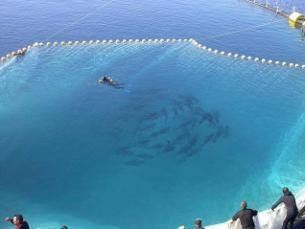
https://www.mrag.co.uk/experience/implementation-iccat-regional-observer-programme-eastern-atlantic-and-mediterranean
How many scrumptious things can you do with this baby? Only, when they (WWF) say rare, they don’t just mean the cooking style.
You know they’re one of the last ones evs. Having written a book called Last Chance to Eat, I’ve got an interest in these matters. Just in case you’re interested in all things EKTEK, you might like to know I’m putting the three books together as one.
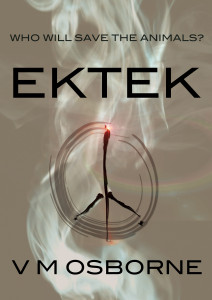 It will be called, of all things, EKTEK! It will be available on Amazon as an ebook and in print (730ish pages!) and it will be on Smashwords as well if you’ve got a Nook or something outlandish. The process has begun!
It will be called, of all things, EKTEK! It will be available on Amazon as an ebook and in print (730ish pages!) and it will be on Smashwords as well if you’ve got a Nook or something outlandish. The process has begun!
And now back to our menu. This restaurant smells fantastic. You are really hungry. So what are you doing? Did you point these delicacies out to your dining companions? Are you shifting uncomfortably in your seat?
Did you check out Sustainable Seafood to find an alternative?
For what it’s worth, I signed the pledge.
Greenpeace asked me to do the following to help. Maybe I can encourage you peeps to do the same? And next time we go to that restaurant, maybe we might just ask about the roughy.
Dear Victoria
Thanks for sending a message to the Federal Government urging a reform to Australia’s seafood labelling laws.
The more people that email the Federal Government today, the more likely we are to make a real difference. Can you help once more by bringing your friends and loved ones on board? Here’s how:
- FORWARD the text below the dotted line to your friends by email
- SHARE this link on Facebook: http://on.fb.me/1sGlBg1
- TWEET this: http://bit.ly/1QAjxDN
- Ask your local seafood retailer to support clearer seafood labelling: http://bit.ly/1rtR7bP
Thanks for being part of this.
From everyone at Greenpeace Australia Pacific
===================
Tell the Australian Government: I want to know what seafood I am eating – and demand accurate labelling.
Australian seafood labelling laws are weak. They do not provide adequate information that tells consumers exactly what seafood they are purchasing.
We are calling on the Federal Government to develop new laws which require labelling of: what fish it is, where it was caught and how it was caught or farmed. Improved labelling laws will help consumers make informed choices about what seafood they eat and support sustainably caught fish from Australian fishers.
Take action: http://bit.ly/ZYGhoV
<iframe width=”560″ height=”315″ src=”https://www.youtube.com/embed/d30FE6aqZwk?rel=0″ frameborder=”0″ allowfullscreen>iframe>

